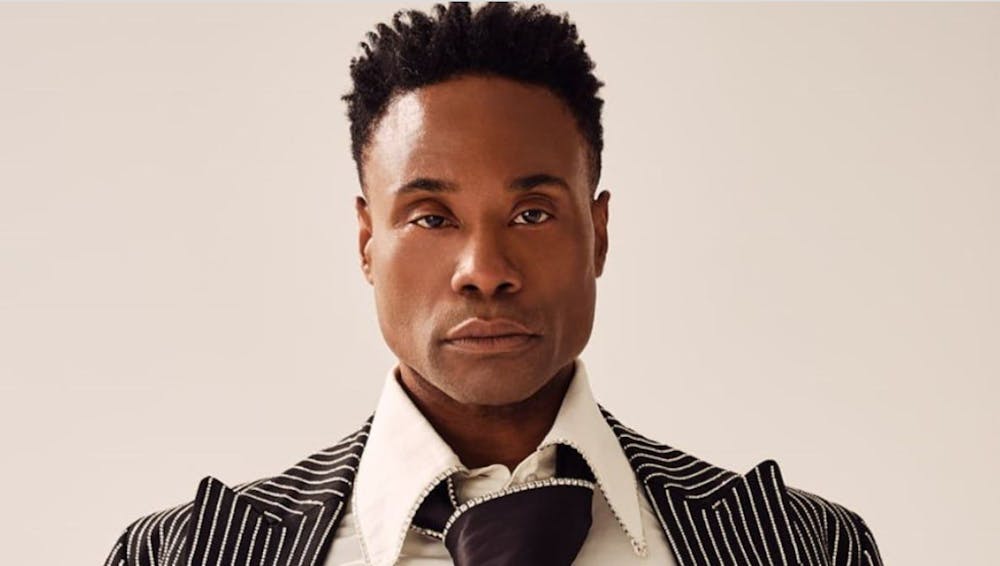American actor Billy Porter is notoriously known when it comes to red carpet fashion. From wearing a multi-colored rainbow halter neck dress to a Baja East blue crystal-encrusted bodice, Porter knows how to make a statement. Harry Styles, on the other hand, has made waves with his looks as well. The singer sports knitted cardigan vests with pearl necklaces and has also worn a dress on the cover of Vogue.
The two are known by the public eye as style icons who aren’t afraid to dabble in non-binary fashion, evident in the feather boas Porter is famous for and the nail polish Styles likes to add to as another layer to each outfit.
Yet, the way these two have been perceived by their transcendent efforts to redefine gender norms has become a conflict of interest for Porter himself. After years of going against gender norms on red carpets and being androgynous in his appearance, Styles became the first man to land the cover of Vogue in December 2020. Recently, Porter began to speak out about this decision in an interview with The Sunday Times.
“I changed the whole game. I. Personally. Changed. The. Whole. Game. And that is not ego, that is just fact. I was the first one doing it and now everyone is doing it,” Porter says.
Porter was outraged over the fact that Vogue chose Styles, a straight white man, to pose on the cover saying, “He is the one you’re going to try and use to represent this new conversation?”
The actor went on to suggest that Style’s looks are a reflection of the times more than one of his personal self. He also blamed the reasoning for the decision to choose Styles as the cover because of his race and sexual orientation saying, “All he has to do is be white and straight.”
He critiques Styles’ position as a straight-passing white man who has not dealt with the public shame and isolation caused by the AIDS crisis in the 1980s or received threats for being a Black, gay man like Porter. Styles, who usually maintains a relatively apolitical stance and soft presence on social media, became a symbol of rejecting gender conformity through his Vogue cover, but this could have been given to a more vocal, politically invested and openly LGBTQ+ individual.
Porter says this speaks to the privilege Styles has since he hasn’t had to take major risks in pursuing his individuality as an artist compared to LGBTQ+ artists of color.
This statement does pose some criticism though, especially since the public knows little about Styles’ sexuality and that the singer has always been reluctant to give himself a label. Regarding his fashion choices, the singer told Vogue in December that gendered clothing norms are “limiting” and there’s joy to experience in playing with clothes.
Also, Porter isn’t the first to defy gender norms in the fashion industry. The fashion world has had a long history of fluidity amongst countless transgender and gay people of color. Icons like Prince, Elvis Presley, Freddie Mercury and David Bowie have tested the limits of fashion along with artists such as Janelle Monae, who received controversy for wearing black and white tuxedos and suspenders on red carpets. As a result, this has lead to artists like Lil Nas X to take queer representation into their own hands, expanding beyond fashion and into rap and pop music.
It’s important that people in Porter’s position respect and recognize where this fashion culture comes from and that it has been constantly changing and evolving throughout the last several decades.
Yet, it is also equally important for people in Styles’ position to recognize their privilege that’s not afforded to everyone in the LGBTQ+ or Black communities. Overall, both artists should be celebrated for their strides in breaking away from gender norms but that there also needs to be more awareness and recognition for minorities who catapulted this breakthrough in fashion.






